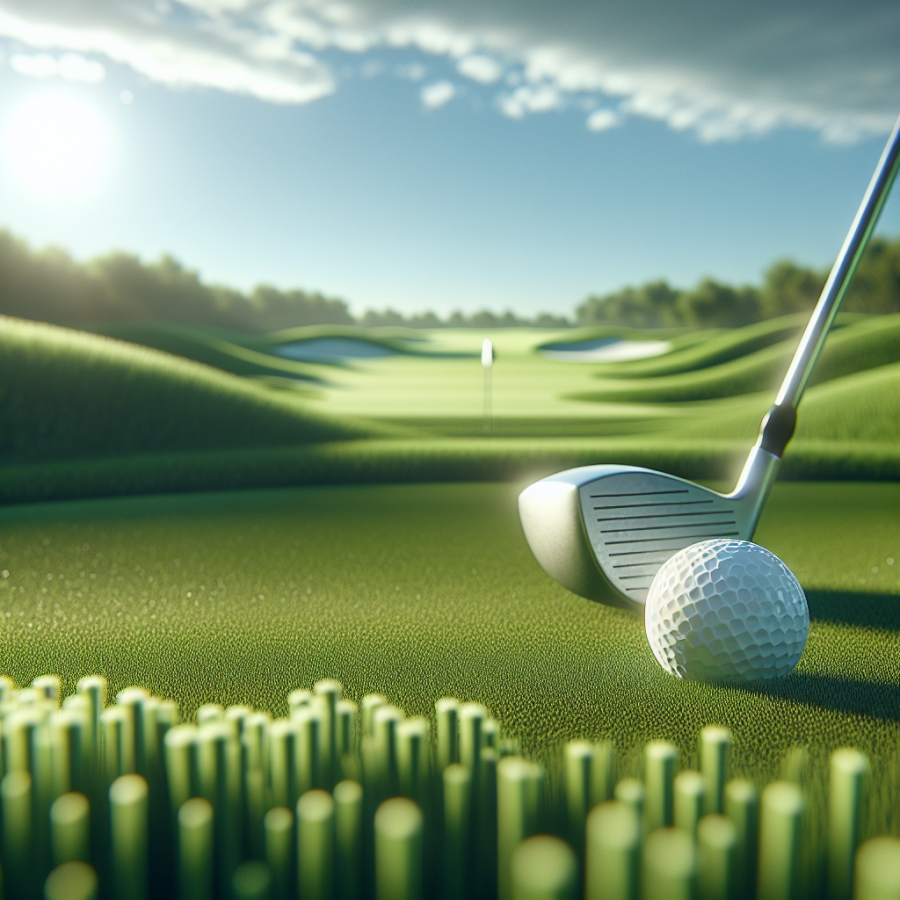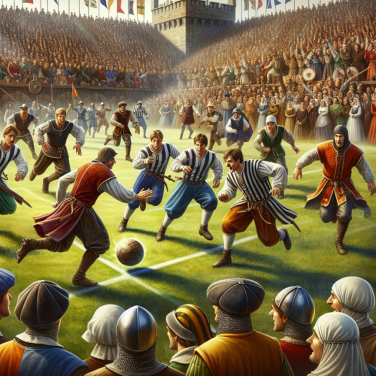Factors Influencing the Direction of a Golf Ball: Focusing on the Rightward Trajectory
In the field of golf, there is a variety of physical factors that can influence the direction of a golf ball, particularly its rightward trajectory. Gaining a good understanding of these factors will allow a golfer to better control the path of their golf ball in diverse types of fairways.
The first element to consider is the golf club itself. The angle at which the head of the golf club hit the ball has a significant influence on the route of the golf ball. If the clubface is open at the moment of impact, the ball will naturally veer to the right for a right-handed golfer, and to the left for a left-handed golfer.
Another element that can influence the direction of a golf ball is the swing path. A golfer must have an out-to-in swing path in order to move the ball on the desired trajectory. Again, an out-to-in swing path will lead the ball to move right for a right-handed golfer.
Wind directions and speeds can also impact the path of a golf ball. If there is a crosswind coming from the left, the ball will be pushed to the right regardless of how perfect the swing or the clubface orientation was. Awareness of wind conditions is crucial for accessing the green on the particular hole.
The rotation or spin of a golf ball is another critical factor that can manipulate the direction of a golf ball. During the hit, if the ball spins clockwise, it will drift rightward, irrespective of the handedness of a golfer. This spin is often achieved by hitting the ball on the outer edge, allowing the club's grooves to spin the ball.
The type of shot made also comes into play. Golfers often utilize a "fade" or a "slice” to influence the ball's trajectory to the right. A fade is a strategic shot that slightly curves the golf ball to the right, while a slice, typically considered a mistake, drastically veers the ball to the right.
The topography of the golf course, including slopes and grass conditions, heavily affect the ball's direction as well as its initial speed. For instance, a ball hit on an upward slope will tend to curve rightward more than a ball hit on a flat surface.
Lastly, the technique of the swing plays a significant role in determining the direction of a golf ball. From grip to body posture to follow-through, each aspect of the swing technique can dramatically alter the trajectory of the ball.
Read also:
The Impact of High-Quality Sports Facilities on Community Fitness
The Science Behind the Golf Ball's Rightward Movement
When discussing the physics related to golf, the rightward movement of the golf ball — known as a slice — is a noteworthy topic. To comprehend this behavior, we need to explore topics like aerodynamics, the Magnus effect, and the behavior of rotating objects.
Firstly, it's important to note that a golf ball's rightward movement (for a right-handed golfer) isn't an occurrence of arbitrary chance, but rather an outcome of particular physics laws. The key concept to understand here is the Magnus effect, a phenomenon in physics that describes the behavior of spinning objects moving within a fluid.
A golf ball moves right because of the way it spins after being hit. Suppose a golfer hits the ball and it spins in a clockwise direction (as viewed from the top). According to the Magnus effect, this spin will cause a lift force that acts perpendicular to the direction of the airflow around the ball. This lift force moves the ball in the rightward direction.
The golf ball's construction also plays a key role in shaping its trajectory. The dimples on a golf ball help to create turbulence in the layer of air next to the ball, reducing the drag and allowing the ball to travel further than a smooth ball would. This relationship between the golf ball's structure and its journey further emphasizes the role of physics in understanding its rightward movement.
The direction and speed of the wind can also influence the golf ball's trajectory. When a golfer hits the ball into a headwind, the effective air speed increases, enhancing the Magnus effect and exaggerating the ball's rightward curve. Conversely, a tailwind can reduce the effectiveness of the Magnus effect, lessening the curve.
Lastly, the angle and speed at which the golf ball is hit also affect the degree of its rightward curve. The faster the club is swung, the more the ball spins, and the more it is inclined to turn to the right. Similarly, striking the ball at different angles can produce varying degrees of backspin, sidespin, or a combination of both. This can serve to control the ball's rightward movement in different ways.
In conclusion, the rightward movement of the golf ball involves a deep understanding of concepts like the Magnus effect, the construction of the golf ball, wind speed and direction, and the technique used to hit the ball. The science behind golf is a testament to the intricacy and depth of this popular sport.




